Diving Deep into the World of IP Ratings: Your Hearing Aid's Best Ally Against Water and Dust
Mind Map
So, you're on the hunt for a new hearing aid and stumble upon all these terms like "waterproof," "water-resistant," or even "dustproof." It's like decoding a secret language, isn't it? Fear not, because that's where IP ratings swoop in to save the day, giving you the lowdown on just how tough your hearing aid is against the elements.
What's the Deal with IP Ratings?
First off, IP stands for Ingress Protection. These nifty ratings are your go-to guide to figure out how well electronic devices, including hearing aids, can stand up to dust and water. The International Electrotechnical Commission (IEC) came up with this brilliant system back in 1976, providing a clear-cut way to measure a device's resilience. Manufacturers have to stick to strict guidelines (hello, IEC 60529 standard!) to test their gadgets, ensuring that when a product says it's protected, it truly is.
Cracking the IP Rating Code
Reading IP ratings is as easy as pie. You'll see two digits: the first one tells you how the device fares against solids like dust, and the second one is all about its resistance to liquids. For instance, if you spot a hearing aid with an IP68 rating, you're looking at a top-notch device that's the next best thing to being completely dustproof and waterproof.
A Closer Look at the Numbers
IP Scale Diagram
First Digit (Solid Protection): Ranging from 0 (no protection) to 6 (dust-tight), this digit clues you in on how well the device can keep out solid particles.
Second Digit (Liquid Protection): This one goes from 0 (not protected) to 9 (can resist high-pressure, high-temperature water jets), showing you the level of defense against water.
For example, the Oticon Intent hearing aids rock an IP68 rating, making them superstars in dust resistance and able to handle a good dunk in water.
Why Should You Care About IP Ratings?
Imagine you're enjoying a lovely walk, and it starts to pour, or you accidentally drop your hearing aid in the sink. That's when the IP rating comes into play, giving you peace of mind that your device can handle a splash or two. Knowing the IP rating helps you understand just how rugged your hearing aid is, saving you from potential damage and repair costs.
Tech Evolution and IP Ratings: A Race to the Top
As technology advances, manufacturers are pushing the boundaries to amp up the IP ratings of their products. This friendly competition means better, more resilient devices for you. Today, many top-tier electronics boast impressive IP68 ratings, just like the latest and greatest hearing aids from Oticon.
The Bottom Line: Embrace the Freedom
With a high IP-rated hearing aid, you're free to live your life to the fullest, rain or shine. No more fretting over water or dust—just pure, unadulterated enjoyment of every moment.
Ready to Step Up Your Hearing Aid Game?
Don't settle for less. Opt for a hearing aid that offers the protection you deserve. Schedule your complimentary hearing assessment today and experience the difference with our state-of-the-art, IP68-rated hearing aids. Embrace the freedom and confidence that comes with knowing your device can weather any storm.
Got Questions? We've Got Answers:
Q: Can I swim with my IP68-rated hearing aid? A: While IP68-rated devices are very water-resistant, it's not recommended to swim with them unless the manufacturer specifically states it's safe.
Q: How do I find out my hearing aid's IP rating? A: Check the product specifications or ask your hearing care professional for the details.
Q: Can an IP68-rated hearing aid handle sweat during a workout? A: Absolutely! These devices are designed to withstand moisture, making them perfect companions for your exercise routine.
Embrace a world where your hearing aid is more than just a device—it's your resilient companion, ready to tackle life's adventures with you. Say goodbye to worries about water and dust, and hello to living life loud and clear.



